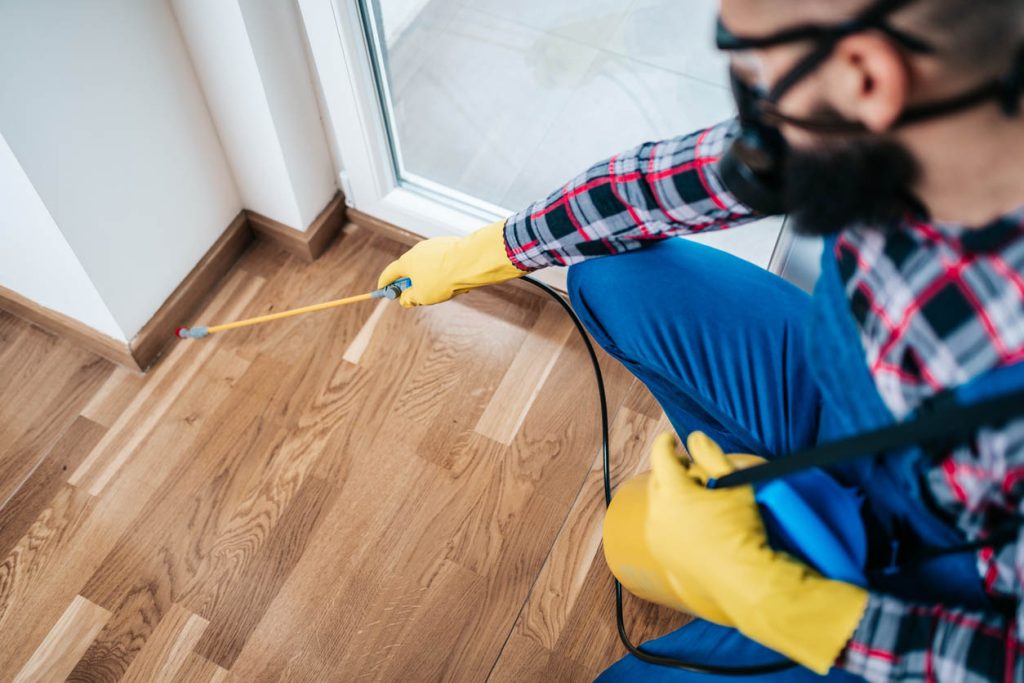High-Quality Pest Control Without the High Prices
Pest control is essential for maintaining a clean and safe environment, but it does not have to come with an expensive price tag. Many people assume that effective pest control requires high costs, but affordable solutions can be just as reliable when approached correctly. With the right strategies and professional techniques, you can keep your home or business free from pests without overspending. Finding high-quality pest control at a reasonable price is possible with careful selection and proper maintenance. One of the best ways to keep pest control costs low is through prevention. Taking proactive steps such as sealing entry points, maintaining cleanliness, and eliminating food sources can significantly reduce the chances of an infestation. Regular inspections and minor home improvements, like repairing leaks and cracks, can prevent pests from entering in the first place. Prevention not only saves money in the long run but also minimizes the need for extensive pest treatments.

When an infestation does occur, choosing the right pest control service is crucial. The cheap pest control in Enfield offers competitive pricing while still delivering excellent results. Comparing services, checking customer reviews, and asking about treatment methods can help ensure you are getting the best value for your money. Many companies also provide customized plans that focus on long-term solutions rather than just quick fixes, helping to reduce costs over time. Natural and eco-friendly pest control methods are becoming more popular as people look for safer alternatives. Using non-toxic sprays, essential oils, and traps can help manage pests effectively while keeping the environment safe. These options are often more affordable and pose fewer risks to pets and children. In many cases, combining these methods with professional treatments can provide a cost-effective and sustainable approach to pest control. Diligent home maintenance plays a vital role in keeping pests at bay.
Regular cleaning, proper food storage, and waste management can prevent many common infestations. Pests are often attracted to unkempt spaces, so maintaining a tidy environment can discourage their presence. Simple habits like taking out the trash regularly, wiping down surfaces, and vacuuming frequently can go a long way in pest prevention. Seasonal changes can also impact pest activity, making it important to adjust control measures accordingly. Warmer months often bring an increase in insects, while colder seasons may lead to rodent infestations. Being aware of seasonal patterns allows for better preparation and timely interventions. Whether it is sealing cracks before winter or using insect repellents in the summer, staying ahead of seasonal pest trends can save both time and money. Affordable pest control is all about smart planning and consistency. Instead of waiting for a problem to escalate, routine maintenance and early intervention can keep costs manageable.

 This includes the installation of high-definition cameras strategically placed to cover critical areas such as entryways, driveways, and backyard spaces. Motion detectors are positioned to detect unauthorized movement indoors and outdoors, while door and window sensors are installed to alert you of any attempts at forced entry. Moreover, professional installers are trained to integrate various security components into a cohesive system and see here
This includes the installation of high-definition cameras strategically placed to cover critical areas such as entryways, driveways, and backyard spaces. Motion detectors are positioned to detect unauthorized movement indoors and outdoors, while door and window sensors are installed to alert you of any attempts at forced entry. Moreover, professional installers are trained to integrate various security components into a cohesive system and see here 
